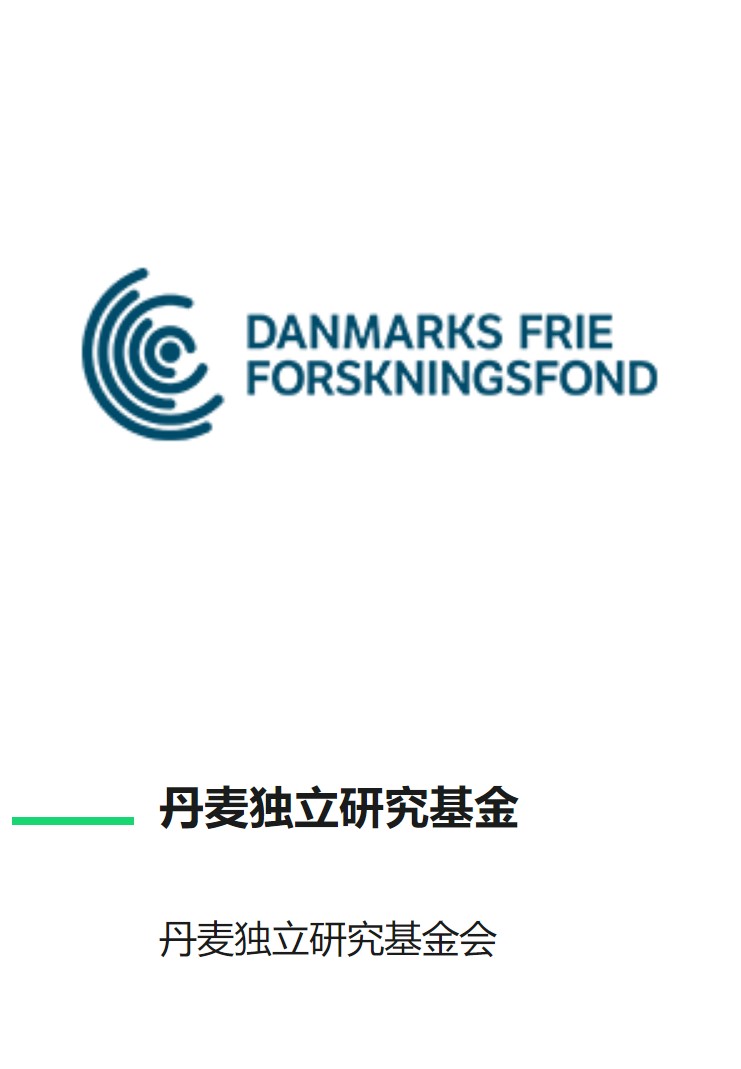- Mon - Fri: 09:00 - 17:30
Due to their extraordinary optical and electronic properties, metal halide perovskites have emerged as highly promising materials for next-generation photovoltaic (PV) cells. This is best illustrated by the rapid improvement in PCE, a performance measure, of perovskite solar cells from <4 percent to >20 percent in a matter of years. However, commercialization of such applications requires industry-compatible processing techniques, which overcome current stability issues, amongst others. The largest PCE losses and instability of perovskite solar cells (PSCs) are widely reported at the interfaces between the perovskite absorber and charge transport layers. These transport layers are crucial for facilitating the efficient extraction and transport of charge carriers. Optimization of these interfaces can consequently minimize losses and improve energy extraction, resulting in increased device efficiency and operational stability.


Upscaling to a mini-module
Next to cell-level optimizations, researchers also examined further upscaling to a mini-module with an active area of 3.63 cm2. “Our research group aims not only to develop more efficient but also scalable PSCs, paving the way for commercialization. Therefore, at the PV cell production level, materials and processes are chosen and evaluated based on these future perspectives.” A high PCE of 22.6 percent and a fill factor of 82.4 percent were maintained in the mini-module with interface treatment, indicating excellent reproducibility.
The modification strategy, which resulted in highly efficient, stable, and scalable perovskite cells, provides opportunities for a wide range of compositions and other device architectures, such as tandem cells. “Since dual interface modulations have shown effectiveness in different perovskite compositions, these findings further contribute to the development of scalable and commercially viable perovskite solar cell technology,” conclude the researchers.
field of study
Diossol is currently conducting research on perovskite solar cells. They have several attractive qualities, especially low-cost manufacturing and high efficiencies. They also combine very well with other materials to create tandem solar cells.

Drawing on many years’ experience researching the technology and engineering of CIGS modules, Diossol possesses the laser structuring, interconnection, measurement equipment, and skills needed to manufacture modules. Its researchers have already produced working 10 x 10 cm perovskite modules and now aim to make full-fledged perovskite CIGS tandem modules alongside standalone (semi-transparent) perovskite modules.

An important technical challenge arises because the currently employed layers are susceptible to moisture and other environmental influences. Diossol researchers have set out to tackle this challenge by conducting accelerated ageing tests in climate chambers and outdoors to identify suitable encapsulation materials.
中国 +8618100063144





